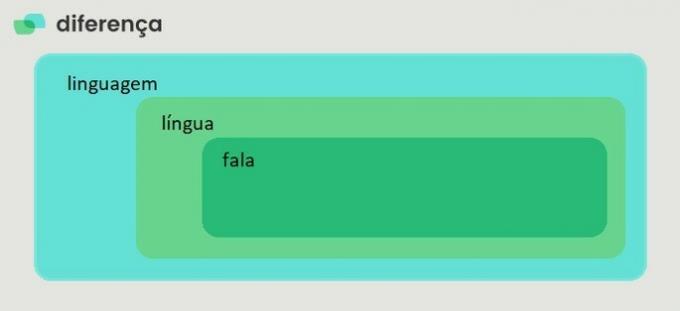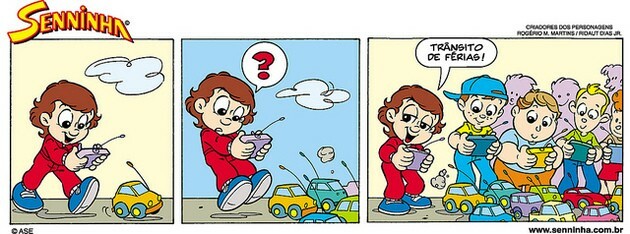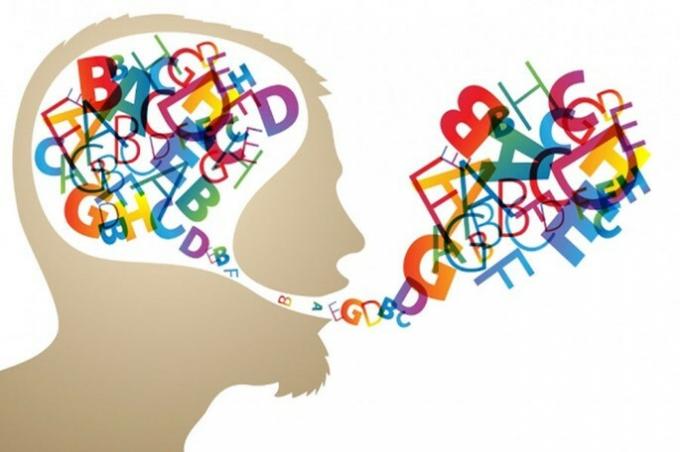Speech refers to the way people communicate orally. For speech to be understood, it is necessary that the receiver (the person listening) understands the language in which the message was transmitted.
In turn, language refers to any form of communication, whether through speech (verbal) or even gestures, sounds, images, etc. (non-verbal).

What is language?
The concept of language refers to the process of interaction between people, where we use mechanisms to transmit our ideas, feelings and information.
Any set of signs or signs is considered language, whether linguistic codes, street signs, body gestures, among others. Through it, it is possible for people from different regions or cultures to communicate.
What is language?
The concept of language, on the other hand, is specifically a verbal code - a set of words that has meaning for a given group. We can say that language is a type of language.
Examples are the Portuguese Language, the English Language and the Brazilian Sign Language, used by deaf communities, among others.
What is speech?
already the he speaks it is the way in which the individual communicates orally. It is directly related to language. However, it is considered individual and is commonly affected by language addictions, local customs and accents.
Grammar and Linguistics
For a better communication to occur, it is necessary to structure the language. Therefore, each language has a set of rules and specific combination norms, known as Grammar.
The science that studies language and its characteristics is known as linguistics.
Language Types
As any form of communication between people is called language, it has a variety of types:
Verbal language

Verbal language is essentially composed of words, whether spoken or written. In it, codes are used to facilitate communication between people.
Language is a type of verbal language, and for there to be communication between sender and receiver, both must understand the same code.
non-verbal language

Non-verbal language is all communication that occurs through mechanisms other than words. These can be gestures, body expressions or the use of symbols or signs.
mixed language

Mixed language is one that unites verbal and non-verbal language, such as cinema, theater or magazines.
Formal and informal language
Depending on the occasion, individuals may use formal or informal language.
Each of these types of language requires a particular choice of words and expressions. While formal language is linked to the use of grammatical norms, informal language does not require the use of cultured norms, being used more freely in everyday life.
For example, the use of informal language is more common among a conversation of friends. On the other hand, a business meeting usually requires formal language.
See also the difference between:
- Phoneme and Letter
- Phonetics and Phonology
- Text types
- Genres and text types
- charge and cartoon
- Oxytones, paroxytones, proparoxytones
- hyponym and hypernym


